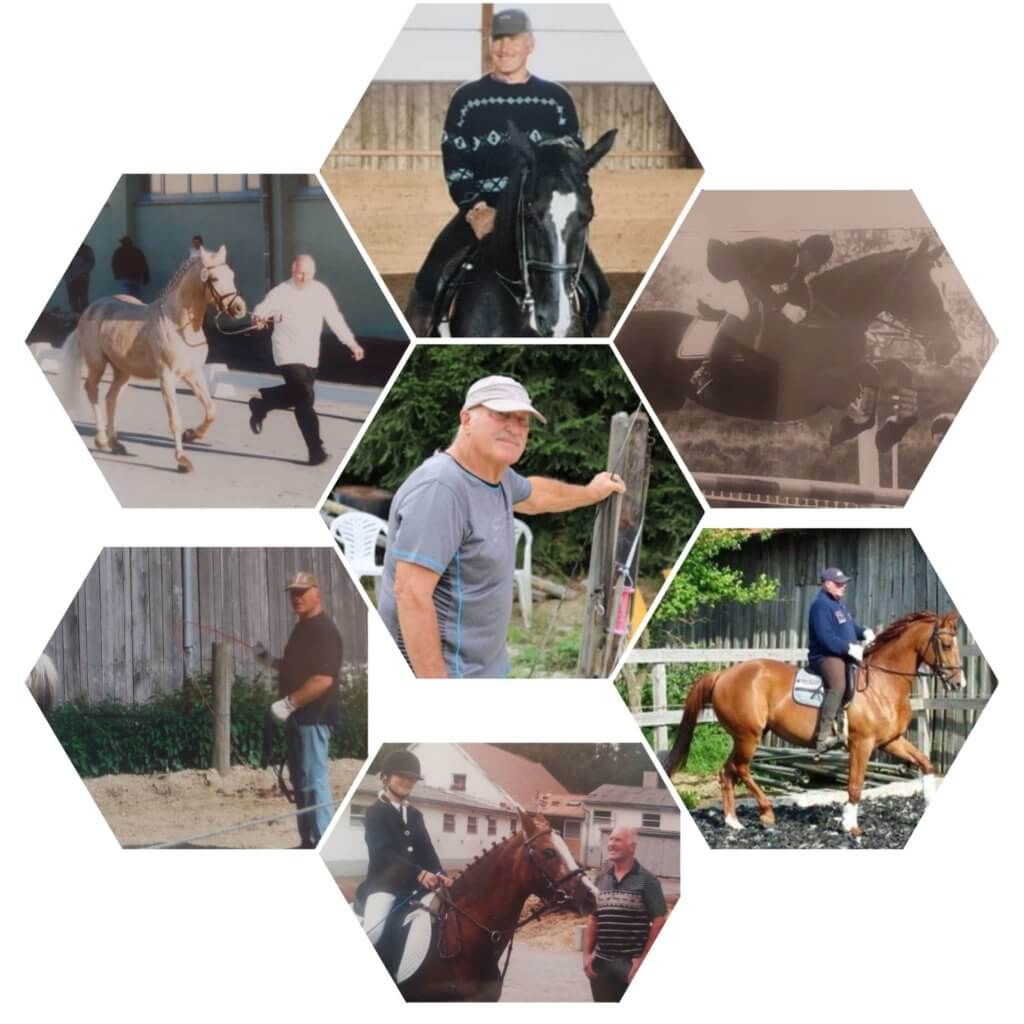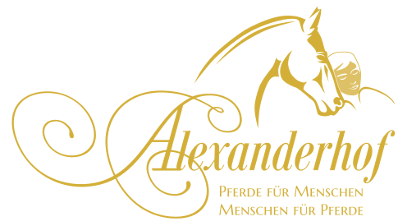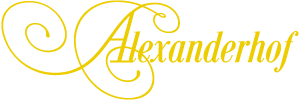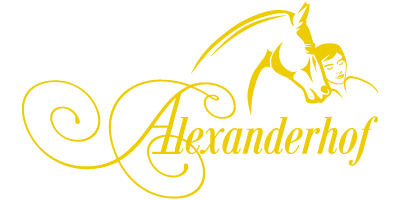Helmut Stütz 1941-2024
A life for and with horses
Helmut Stütz was a man whose life was deeply interwoven with the world of horses. Born in 1941 in Baden-Württemberg, more precisely in the Ostalbkreis district, he grew up in a time characterized by the turmoil of the Second World War. He came into contact with horses as a child, as both his grandfather and his neighbors kept horses for agricultural work. This early connection to animals was to have a decisive influence on his life.
1 The roots: his grandfather as a mentor
Helmut’s grandfather was not only a farmer and landowner, but also an experienced horse person who understood and lived the deep connection between man and horse. He was the one who taught Helmut the basic values and skills in dealing with horses. Helmut learned from him that patience, respect and empathy are the basis for successful cooperation with horses. His grandfather, who was still an Ulan and a warhorse during the First World War, taught him to see the animals not just as working animals, but as partners whose needs must always be taken into account. These lessons shaped Helmut’s approach to horses throughout his life.
Trakehner breeding, which his grandfather brought with him from East Prussia, played a special role. He bred only black horses with great care, a tradition that Helmut inherited at a very young age. The beginning of his own breeding program consisted of a dozen horses that his grandfather had left him. This responsibility shaped him early on and laid the foundation for his later career as a breeder. Helmut knew how to preserve the quality and elegance of Trakehner horses while adapting them to modern equestrian requirements.
His grandfather often told stories about the old days when horses were the basis of agriculture and transportation. These stories, combined with practical work on the farm, laid the foundation for Helmut’s understanding and love of horses. He developed a feeling for the language of horses and their body signals at an early age, which later became a central characteristic in his work.
2 The beginnings and the hard school
The world of horses changed after the war. Many people had lost interest in horses due to the experiences of the war, and only the farmers, who still needed them as work animals, held on to them. Helmut recounts that in his youth, a neighbor who was chairman of the local riding club began to rally the rural youth to revive the riding club. This neighbor had contacts with old cavalry instructors such as Heuer, Scholl and Böring, who came from schools in Ellwangen, Aalen and Schwäbisch Gmünd. These instructors traveled by train and taught the youngsters strict, military-style horsemanship.
Helmut describes this time as a tough school. The lessons were strict and focused on discipline and precision. The horses were saddled with old military saddles and great importance was placed on care and preparation. In terms of riding technique, the emphasis was on solid basic training, which left little room for fine riding. These experiences had a lasting effect on Helmut and awakened in him the desire to progress and reach a higher level of riding.
The cavalry instructors all had their own methods, but these were highly standardized due to their military background. Helmut vividly remembers the old stories the instructors told and their dedication to discipline. One of these instructors, who only had one hand left due to a war injury, used a special device to hold the reins. Such images shaped Helmut’s childhood and formed his respect for the traditions of equestrian sport.
3 Meeting Herbert Aust
A turning point in Helmut’s life was when he met Herbert Aust, an experienced riding master in Ludwigsburg. Helmut was a talented youngster at the time, and the chairman of his club signed him up for an event with Aust. He immediately impressed Helmut with his fine and high-quality riding style. Aust not only taught technical skills, but also had a special gift for explaining complex issues in a way that was easy to understand. One of his best-known pupils, Udo Lange, was already a talented young rider who later became a multiple German champion.
Under Aust’s guidance, Helmut learned the importance of suppleness and honest contact. He developed a deep understanding of the psychology of horses and the importance of biomechanics in riding. These principles were to shape his future career.
A particular highlight of this time was a trip to a major equestrian event, where Helmut was able to watch the best riders of his time. These experiences broadened his horizons and awakened his ambition to become a first-class rider himself. Herbert Aust recognized this potential and gave Helmut targeted support. He also recommended that he seek out other teachers to refine his style and technique, which would later lead him to Neindorff.
4 Memories of the Spanish Riding School
A special, albeit brief, moment in Helmut’s life was his visit to the Spanish Riding School in Vienna. As a very young man, he had the opportunity to spend a few days in Vienna learning under the guidance of masters such as Podhajsky. This experience left a lasting impression and deepened his understanding of classical horsemanship. Helmut remembers how he admired the elegance and perfection of the Lipizzaners and adopted many techniques into his own training.
Through these experiences, Helmut not only gained technical knowledge, but also a deep appreciation for the culture and history of riding. The combination of tradition and innovation that he experienced in Vienna inspired him to go his own way and combine the best of both worlds.
5 Egon von Neindorff – The high school of riding
Another milestone in Helmut’s life was his training with Egon von Neindorff in Karlsruhe. This world-famous riding master ran a facility that was renowned for its excellent dressage training. He was demanding and required high performance both in the saddle and in theory. Neindorff introduced Helmut to a higher school of riding, including lessons such as piaffe, passage and also levade.
Neindorff was a strict teacher with Prussian discipline. He attached great importance to correct dress, decorum and respect. Helmut remembers that he once had the opportunity to ride Neindorff’s private horses, a privilege granted to very few. This experience reinforced Helmut’s desire to train horses in such a way that they are both physically and mentally balanced.
The training at Neindorff was not only technically demanding, but also personally challenging. Helmut had to learn to deal with the intense criticism and high expectations. But it was precisely these challenges that made him the rider and teacher he is today. He realized how important it is to constantly develop and never stop learning.
6 Decades on the road in Europe
Helmut Stütz competed successfully at dressage and show jumping competitions throughout Europe for decades. His participation in countless competitions not only brought him trophies, but also a wealth of experiences, anecdotes and often dramatic moments. This time shaped Helmut not only as a rider, but also as a person who met the challenges of international competition with perseverance and grace.
7 Collaboration with Fritz Tiedemann
After his time at Neindorff, Helmut worked with Fritz Tiedemann, one of the most successful show jumpers of his time. Tiedemann, who worked in the horse trade after his active career, was looking for a dressage rider to train his show jumpers. Helmut accepted this challenge and benefited enormously from Tiedemann’s knowledge and experience. Tiedemann taught him the importance of solid dressage training for show jumpers to make them more rideable and willing.
Helmut was impressed by Tiedemann’s pragmatic approach. He learned how to train horses efficiently and purposefully without overtaxing them. This time was not only professionally enriching for Helmut, but also personally. The hours spent together in the training arena and the conversations about the philosophy of riding left a lasting impression.
8 Rolf Bartels – The master of high jumping
Another important teacher was Rolf Bartels, a specialist in high jumping. Helmut describes him as an exceptional stylist who trained horses with calm and precision. Bartels showed him how to prepare horses for top performance without overtaxing them. This collaboration shaped Helmut’s understanding of the demands placed on show jumpers.
Working with Bartels was intensive and instructive. Helmut spent many hours perfecting the technique of high jumping. He realized that success in show jumping depends not only on the strength and skill of the horse, but also on the patience and empathy of the rider. Bartels’ unorthodox methods and his focus on the fine tuning between rider and horse made a lasting impression on Helmut.
9 Own developments in lunging
Over the years, Helmut developed a particular passion for lunging. He realized that this method not only strengthened the horses physically, but also promoted their inner calm and suppleness. Helmut says: “If you only know your horse from above, you only know half of your horse.” By lunging, he was able to better observe the horse’s movements and correct them in a targeted manner. This technique became a central part of his work and teaching.
His special way of lunging enabled Helmut to establish a deeper connection with the horses. He was able to better understand their individual needs and limitations and adapt his training accordingly. This method, which he refined enormously, not only helped him to strengthen the horses physically, but also to promote their mental balance; especially to help them grow healthy and old. Helmut saw lunging as an art that required just as much dedication and technique as riding itself. With him, horses on the lunge went with the utmost expression, uprightness and collection.
10 Passing on knowledge: Helmut’s legacy
Helmut Stütz’s legacy extends far beyond his own successes. Throughout his life, he dedicated himself to training riders and improving the horses that came into his care. With tireless dedication and incomparable patience, he imparted his knowledge to countless students who benefited from his experience and sensitivity. Helmut was known for his ability to understand and encourage even the most difficult horses. Many of his students carry on his teachings and continue the tradition he established.
11 An obituary for a great horse man
Helmut Stütz was much more than a rider or trainer. He was a man who dedicated his life to understanding, encouraging and working with horses. His inexhaustible passion, deep knowledge and tireless dedication left their mark on many who knew him. With his passing, the equestrian world loses an exceptional horse person, but his legacy lives on in the hearts and teachings of those who were fortunate enough to learn from him. Helmut Stütz will remain unforgotten – as a role model, teacher, rider, trainer, breeder and friend.




